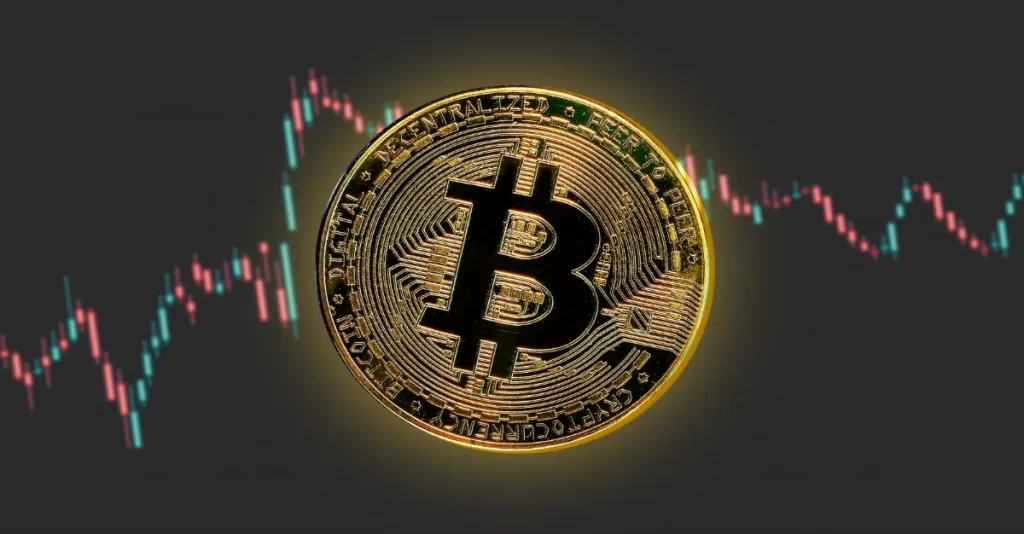
The post Bitcoin Production Cost Dropped To $13K, Says JP Morgan. What Does This Mean for BTC Price? appeared first on Coinpedia - Fintech & Cryptocurreny News Media| Crypto Guide
Since reaching a peak of around $69,000 in November, Bitcoin has had trouble. From the Federal Reserve raising interest rates to fight inflation to the cryptocurrency industry experiencing high-profile blowups like Terra/Luna and Three Arrows Capital, BTC is down around 70% year to date. For over a month, the largest token has been range bound close to $20,000.
Now according to JPMorgan Chase & Co., the cost of producing bitcoin has decreased from around $24,000 at the beginning of June to roughly $13,000 at the moment, which may have an adverse effect on pricing.
According to a note published on Wednesday by strategists led by Nikolaos Panigirtzoglou, the decrease in the production cost estimate is almost entirely attributable to a decrease in electricity use as measured by the Cambridge Bitcoin Electricity Consumption Index.
They contend that rather than a mass exodus of inefficient miners, the move is consistent with miners’ attempts to maintain profitability by deploying more effective mining rigs. They add that it can be viewed as a barrier to pricing increases.
The large banking giant observes that miners are making an attempt to maintain profitability and deploy effective rigs. It might, however, also provide a significant barrier to any price increases for bitcoin.
“While clearly helping miners’ profitability and potentially reducing pressures on miners to sell Bitcoin holdings to raise liquidity or for deleveraging, the decline in the production cost might be perceived as negative for the Bitcoin price outlook going forward. The production cost is perceived by some market participants as the lower bound of the Bitcoin’s price range in a bear market,”the strategists wrote.
The second quarter of 2022 saw a selling frenzy among Bitcoin miners. The price of Bitcoin plunged by a startling 70% from its all-time highs in November 2021, forcing miners to sell more coins to fund operating expenses.

 2 years ago
171
2 years ago
171














 English (US) ·
English (US) ·